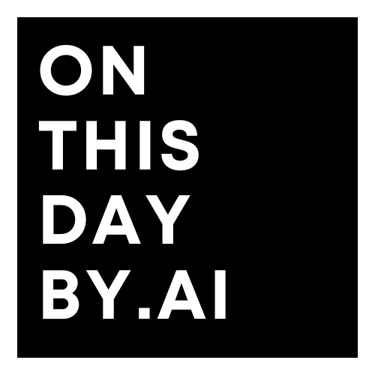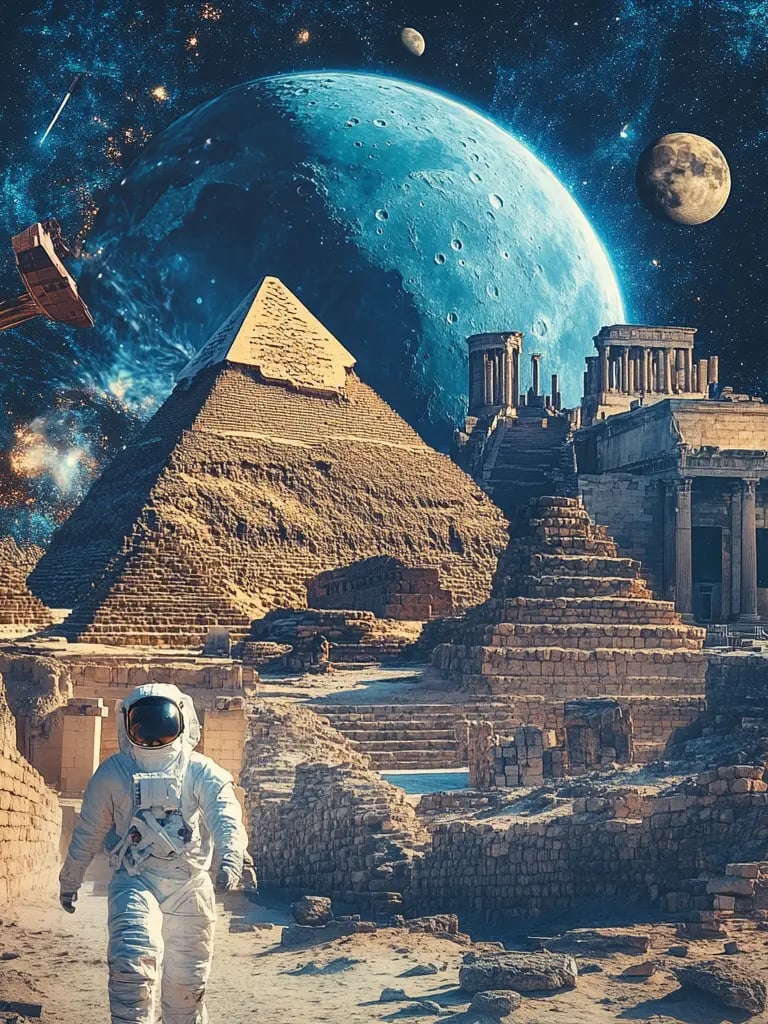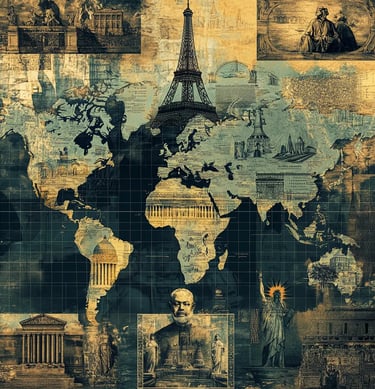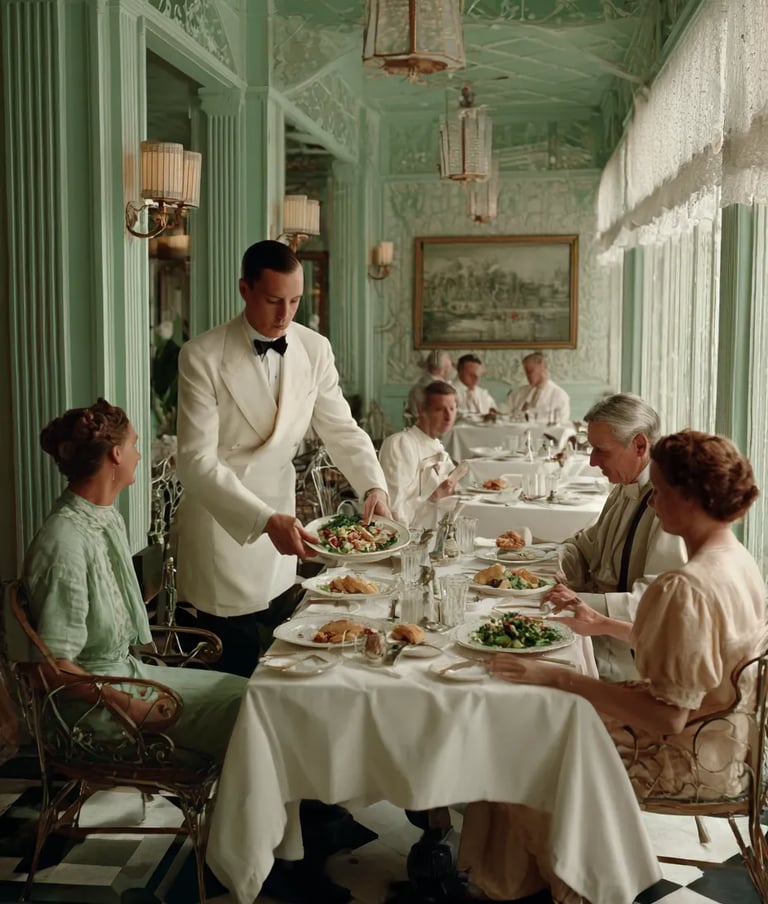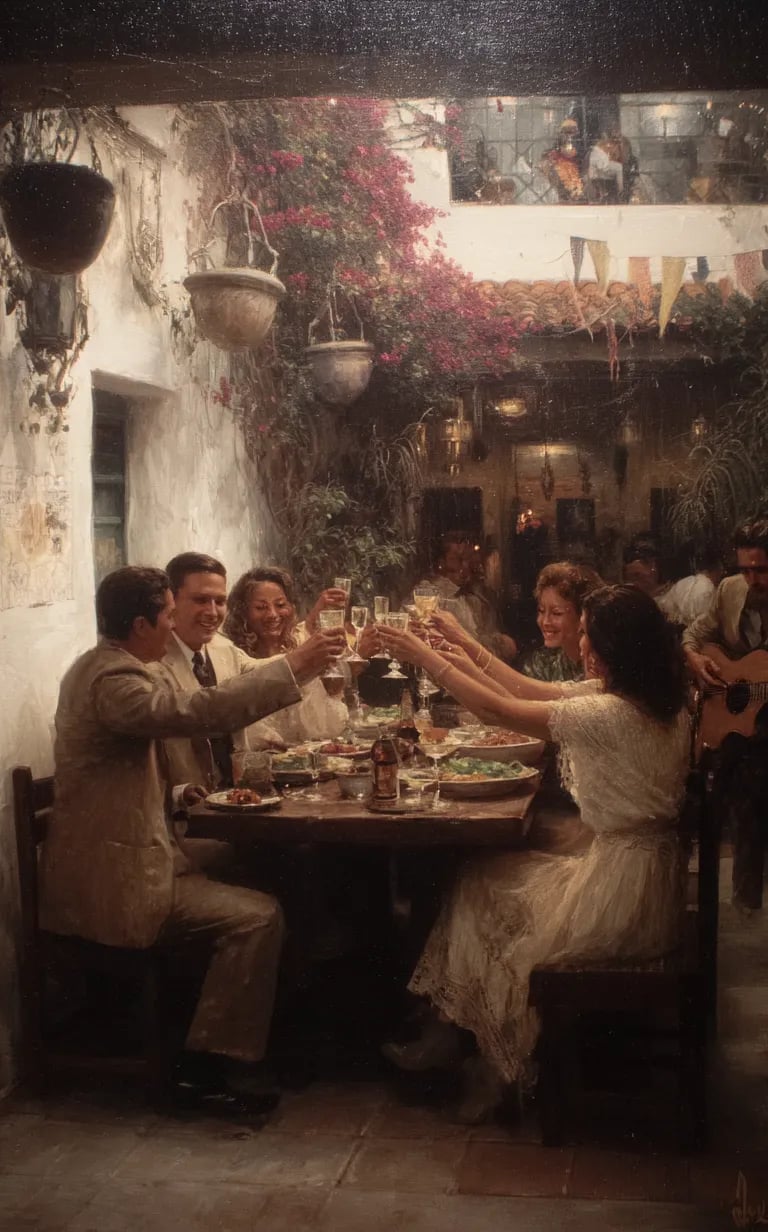In one of the most decisive battles of the Crusades, Saladin’s Muslim forces encircled and annihilated the Crusader army near Tiberias. The July 4th defeat left Jerusalem vulnerable and eventually led to its fall later that year. Saladin’s victory wasn’t just military—it was symbolic, marking the resurgence of Islamic power in the Holy Land and ending Christian dominance that had lasted nearly a century.
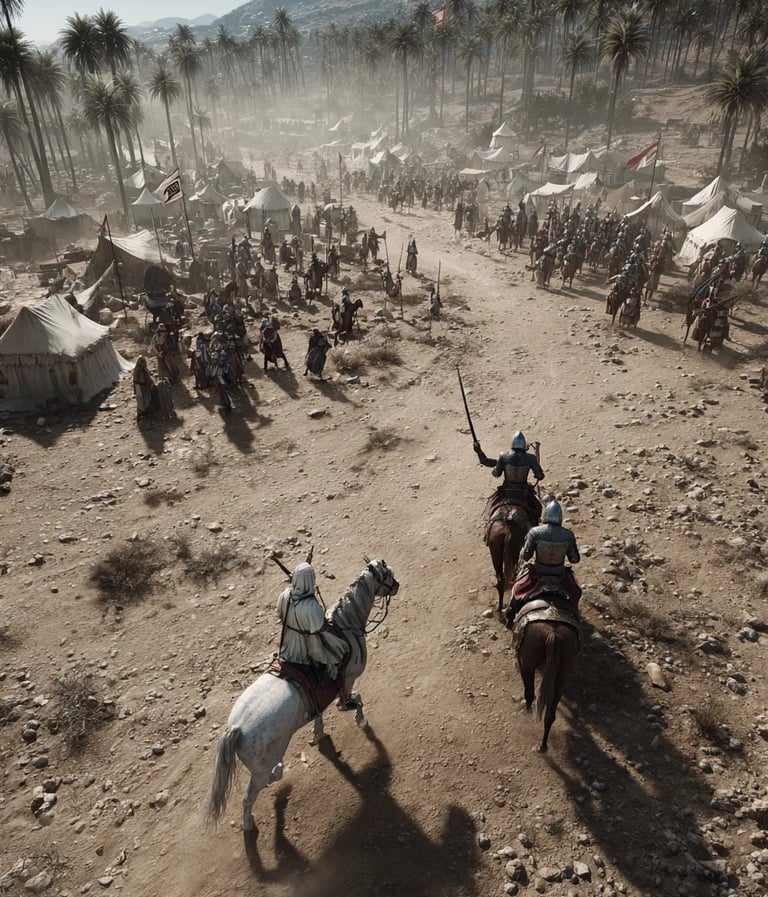

1187 – The Crescent Rises: Saladin Crushes the Crusaders at Hattin
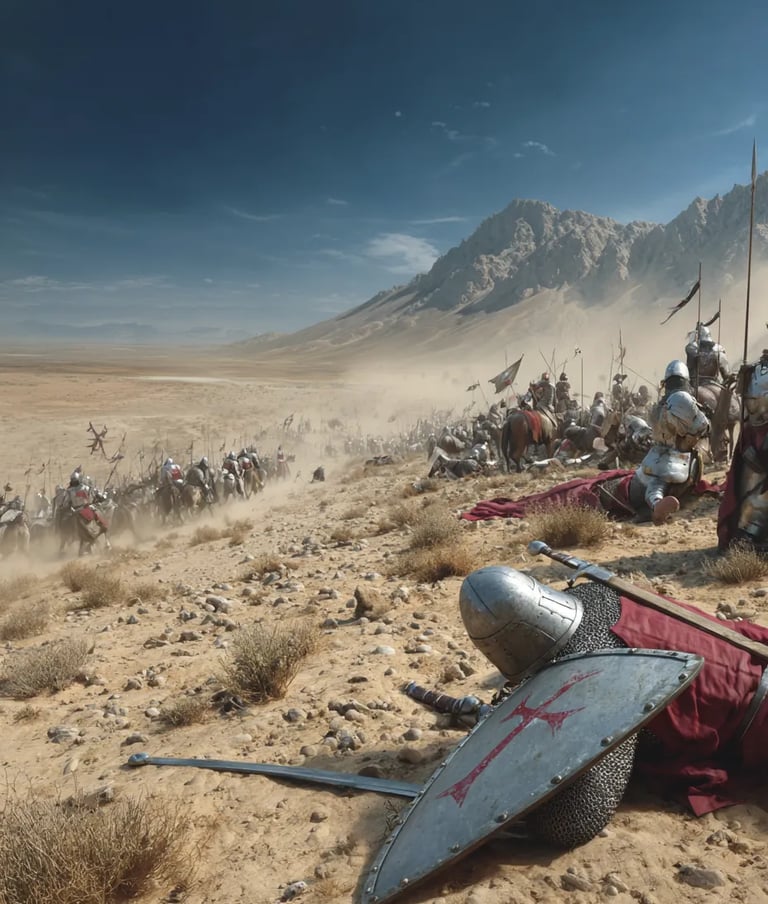

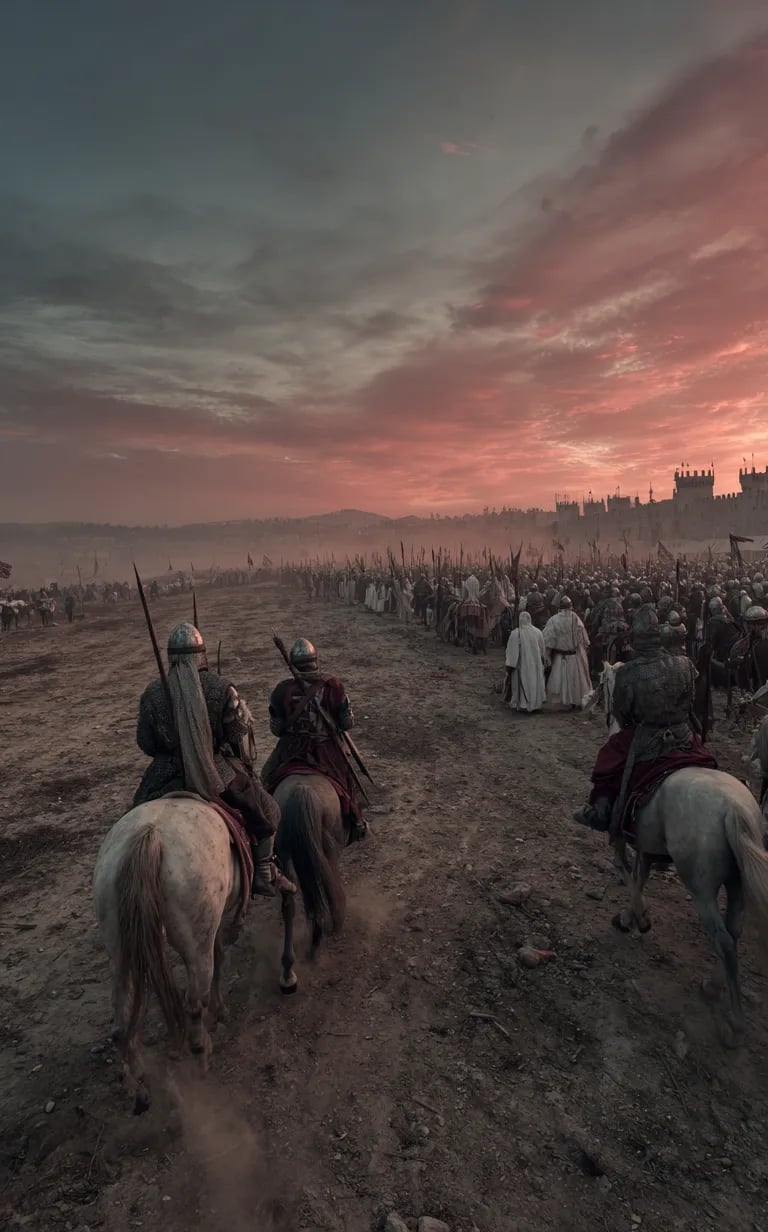

On July 4th, 1776, the U.S. Continental Congress adopted the Declaration of Independence, breaking formal ties with Great Britain. The eloquent text—authored chiefly by Thomas Jefferson—declared liberty a human right. While independence had been debated for months, this document gave the revolution its soul. Fireworks, freedom, and fierce resolve were born that day, shaping a republic destined to influence global history for centuries.
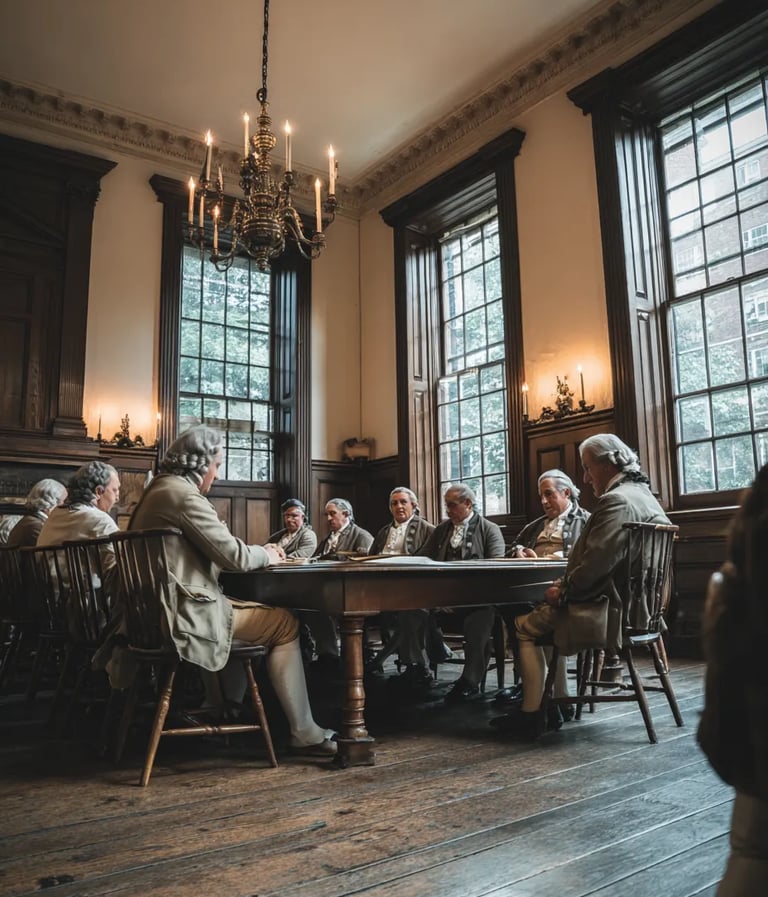

1776 – A Nation Is Born: Declaration of Independence Signed
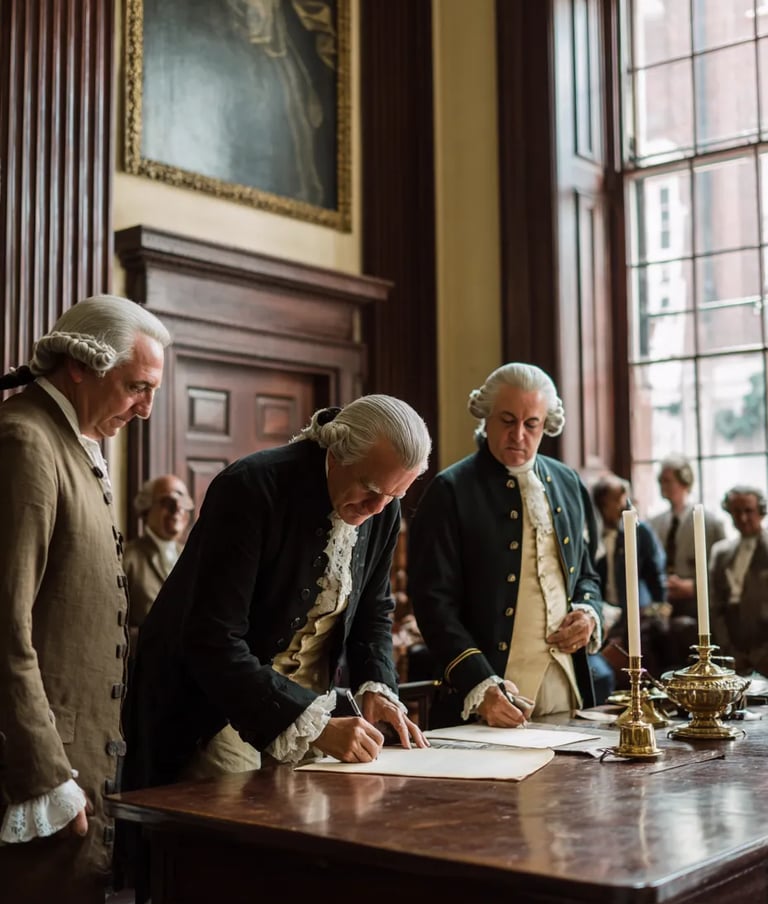

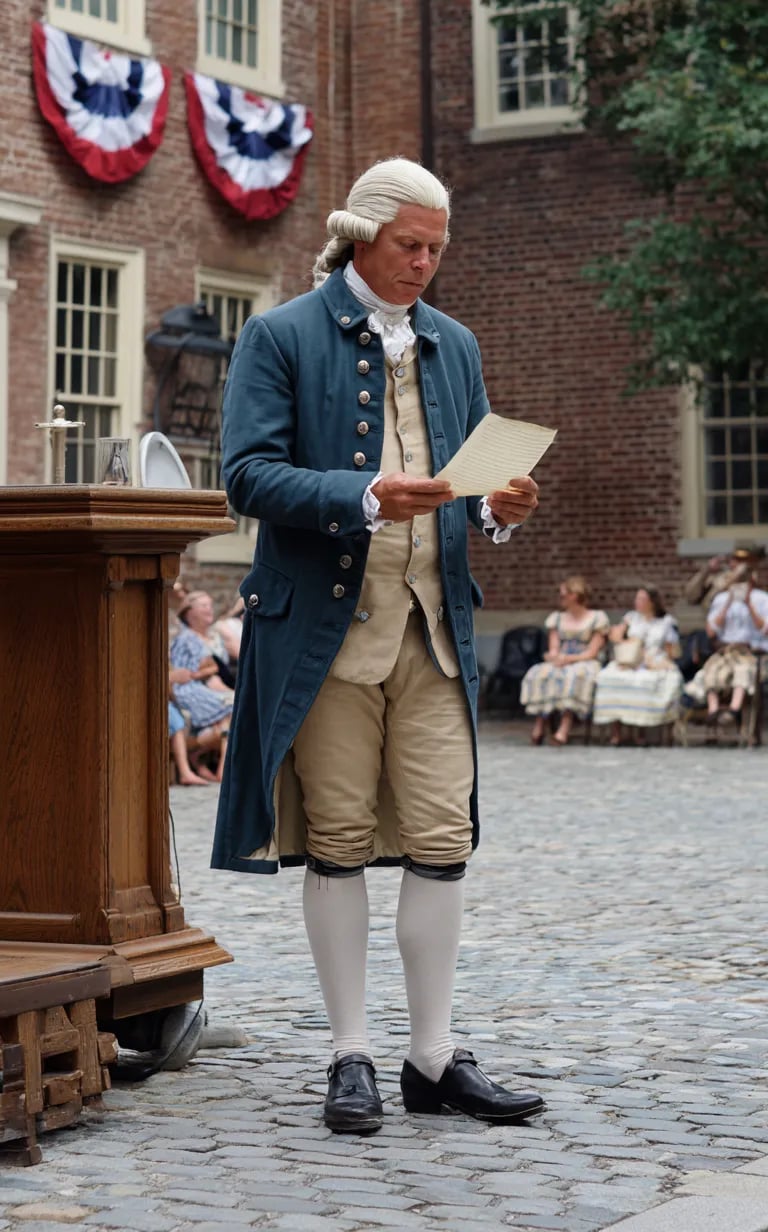

Two decades after declaring independence, Americans marked July 4th, 1796, with the first large-scale national celebration. There were speeches, toasts, music, and public gatherings—patriotism wrapped in pride and parades. It marked a turning point: Independence Day wasn’t just a political milestone anymore, it had become a cultural tradition. From bonfires to brass bands, it was the birth of a uniquely American ritual of remembrance and festivity.
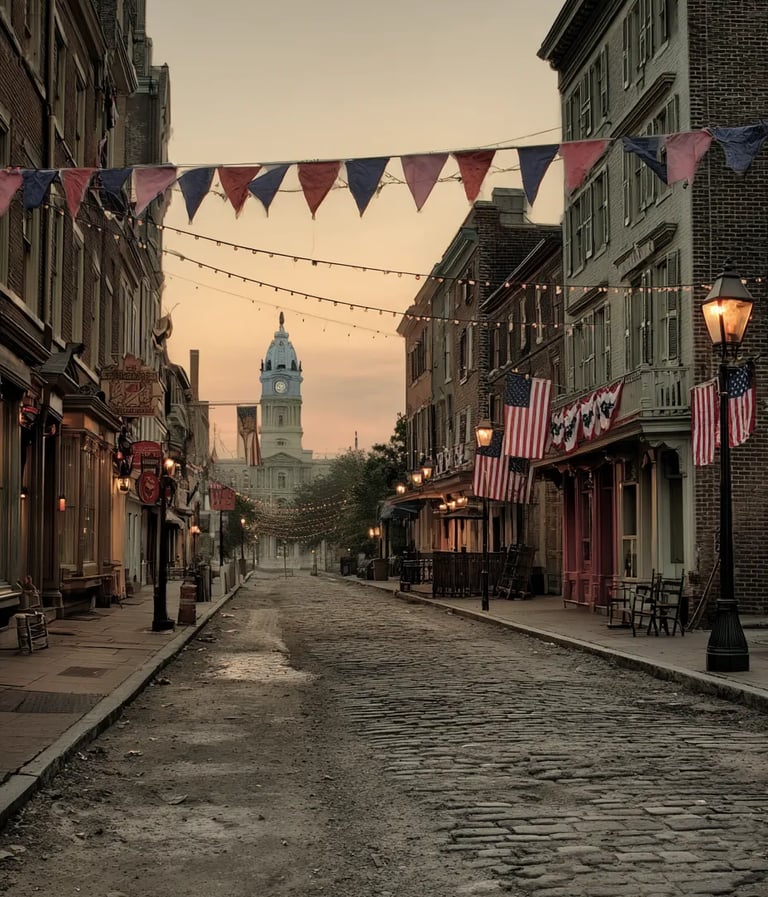

1796 – America Throws Its First Fourth of July Party
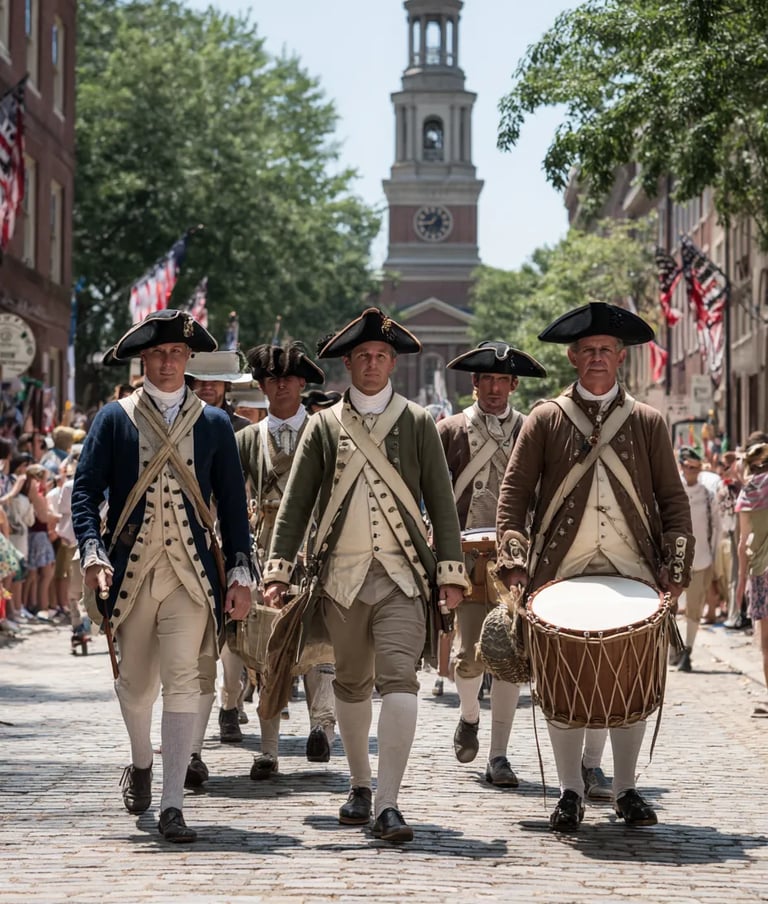

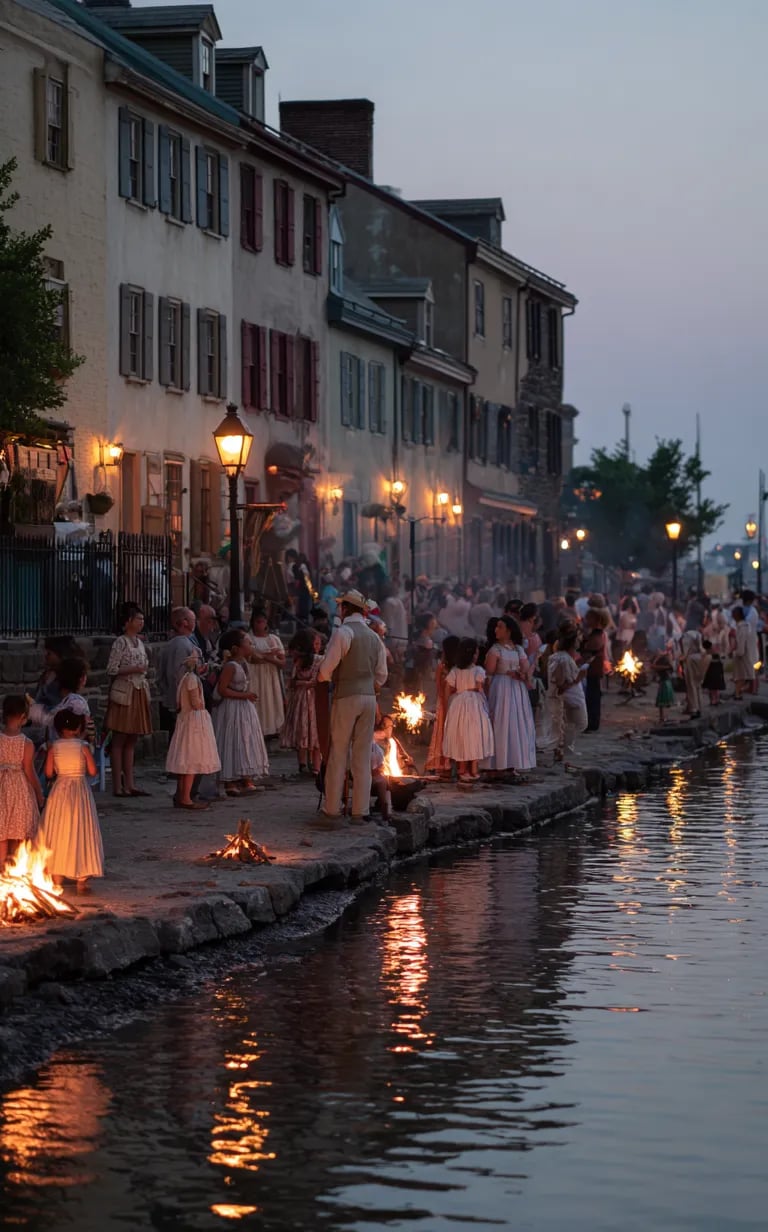

Exiled in the remote Chatham Islands, Māori leader Te Kooti made a dramatic move on July 4th, 1868. With 300 followers, he commandeered the schooner Rifleman, sailing it back to New Zealand. His bold escape marked the beginning of an armed resistance movement against colonial authorities. Within days, he landed at Whareongaonga, launching a guerrilla campaign that would trouble the Crown and redefine indigenous resistance.
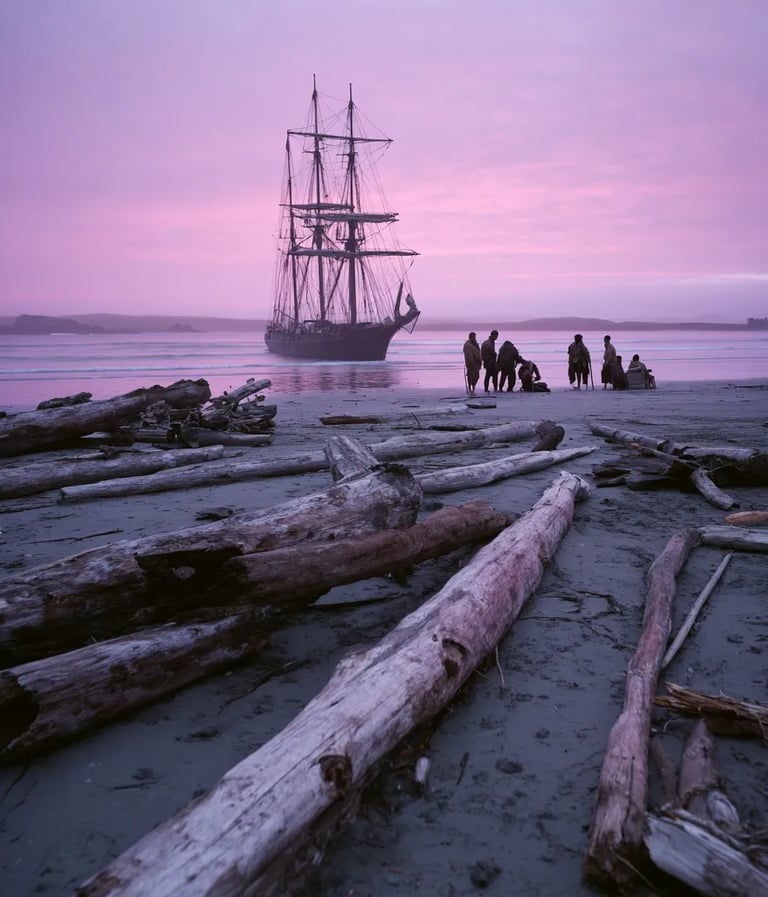

1868 – A Daring Escape: Te Kooti Seizes a Ship to Freedom
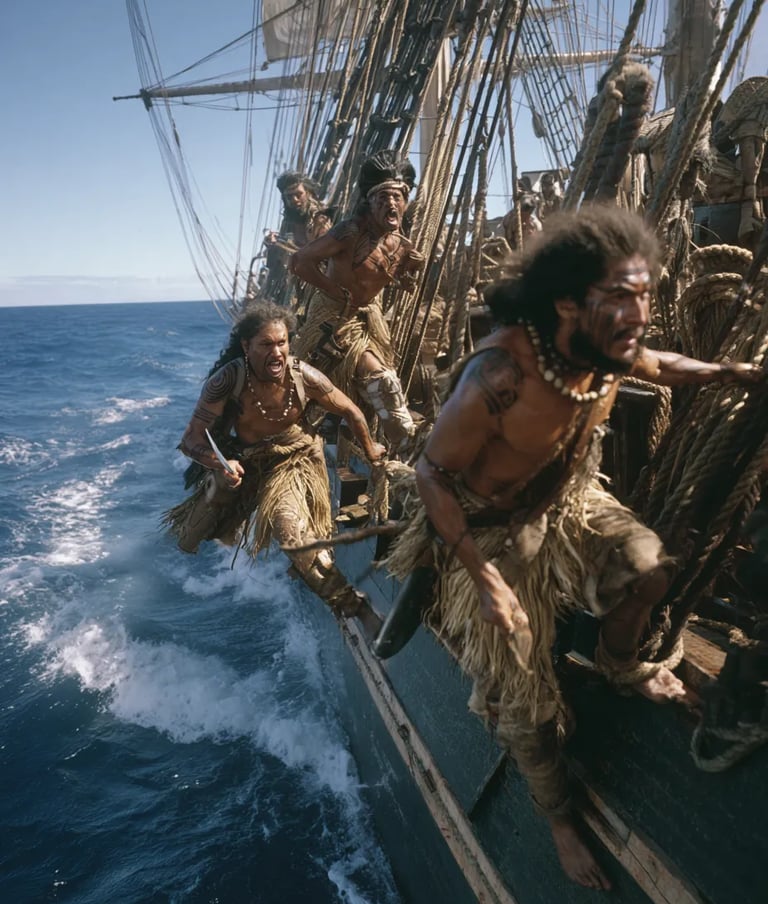

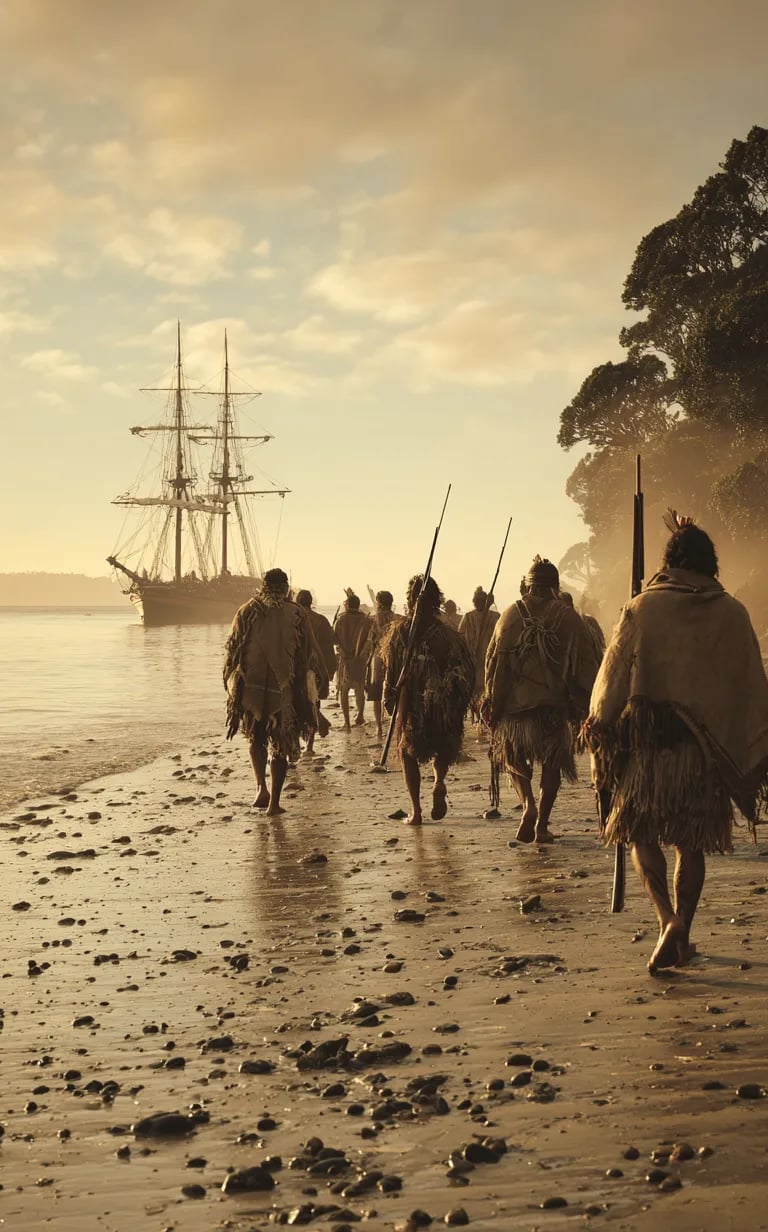

In a bustling restaurant in Tijuana on a hot July 4th, Italian immigrant Caesar Cardini tossed together what would become one of the world’s most famous salads. With limited ingredients and hungry guests, he improvised: romaine, croutons, egg, cheese, Worcestershire, and flair. The Caesar salad was born. What began as kitchen improvisation became a global staple—served in fine dining rooms and fast food joints alike.


